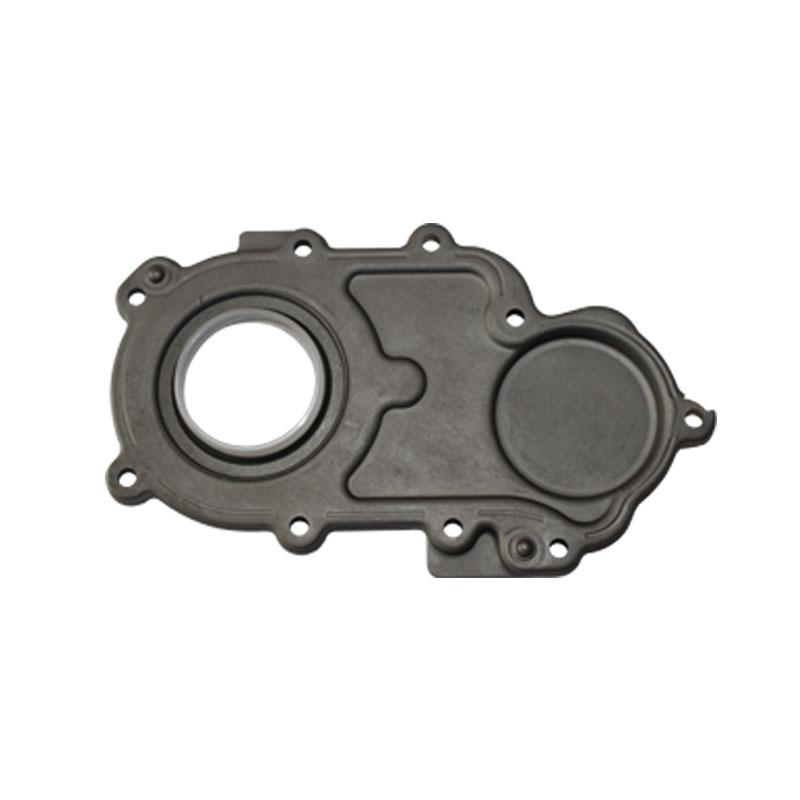Understanding the Importance of Differential Pinion Seal for Vehicle Performance and Longevity
Understanding and Replacing the Differential Pinion Seal
The differential pinion seal is a crucial yet often overlooked component in the vehicle's drivetrain. This seal is designed to prevent gear oil from leaking out of the differential, which is responsible for transferring power from the driveshaft to the wheels. Proper functioning of the differential is essential for vehicle stability and performance, making the integrity of the pinion seal vital. In this article, we will explore the importance of the differential pinion seal, signs of failure, and the replacement process.
Importance of the Differential Pinion Seal
The differential pinion seal serves a critical role in maintaining the proper lubrication within the differential housing. The gear set inside the differential operates under extreme conditions, generating heat and friction. The gear oil helps to keep these components well-lubricated, which, in turn, prevents excessive wear and tear. The pinion seal acts as a barrier, ensuring that this oil remains contained within the differential. Any leaks can lead to insufficient lubrication, which can cause the gears to seize or fail, leading to costly repairs.
Signs of a Failing Pinion Seal
There are several signs that may indicate a failing differential pinion seal. The most obvious symptom is the presence of oil leaks beneath the vehicle, particularly around the rear axle. A noticeable puddle or dripping fluid can often be traced back to a failed seal. Additionally, if you hear grinding or whining noises coming from the differential area while driving, it may suggest that the gears are not receiving adequate lubrication. Poor handling or stability issues can also arise, as a compromised differential can affect how power is distributed to the wheels.
The Replacement Process
Replacing a differential pinion seal is generally a task that should be handled by someone with mechanical skill, though experienced DIY enthusiasts may tackle it with the right tools. Here’s a general overview of the steps involved
1. Preparation Before starting, ensure the vehicle is parked on a level surface, and use wheel chocks for safety. Raise the vehicle using a jack and secure it with jack stands.
diff pinion seal

2. Drain the Differential Fluid Place a drain pan beneath the differential and remove the drain plug to allow the fluid to fully drain out.
3. Remove the Driveshaft If necessary, detach the driveshaft from the pinion gear. This may involve removing bolts and sliding the driveshaft out of the way.
4. Access the Pinion Seal Using appropriate tools, remove the pinion nut and flange to expose the pinion seal.
5. Replace the Seal Carefully pry out the old seal using a seal puller or a screwdriver. Clean the area thoroughly, ensuring no debris remains. Then, gently press the new seal into place, ensuring it is properly seated.
6. Reassemble Everything Reattach the pinion flange and nut securely, and reconnect the driveshaft. Make sure to replace any components removed during the process.
7. Refill the Differential Once everything is back together, refill the differential with the appropriate gear oil as specified in the vehicle's manual.
8. Test Drive Finally, take the vehicle for a test drive to check for any leaks or abnormalities.
Conclusion
Understanding the role of the differential pinion seal and recognizing the signs of failure can prevent significant issues down the road. Regular maintenance and timely replacement of the pinion seal can ensure the differential operates smoothly, ultimately enhancing vehicle performance and safety. If you suspect problems with the pinion seal, it’s crucial to address them promptly to avoid more extensive damage and costly repairs.
-
The Ultimate Guide to Car Repair Kits: Tools and Essentials Every Driver Should Own
News Aug.01,2025
-
The Complete Guide to Oil Pan Gaskets: Sealing Engine Leaks the Right Way
News Aug.01,2025
-
Preventing Oil Leaks: A Complete Guide to Oil Pan Gaskets and Drain Seals
News Aug.01,2025
-
Everything You Need to Know About Oil Pan Gaskets and Drain Plug Seals
News Aug.01,2025
-
Essential for Car Owners: How to Use a Car Repair Kit to Deal with Minor Breakdown
News Aug.01,2025
-
Comprehensive Guide to Engine Oil Sump Gaskets and Related Seals
News Aug.01,2025
-
The Ultimate Guide to Boat Propeller Bearings and Trailer Wheel Bearings
News Jul.31,2025
Products categories















